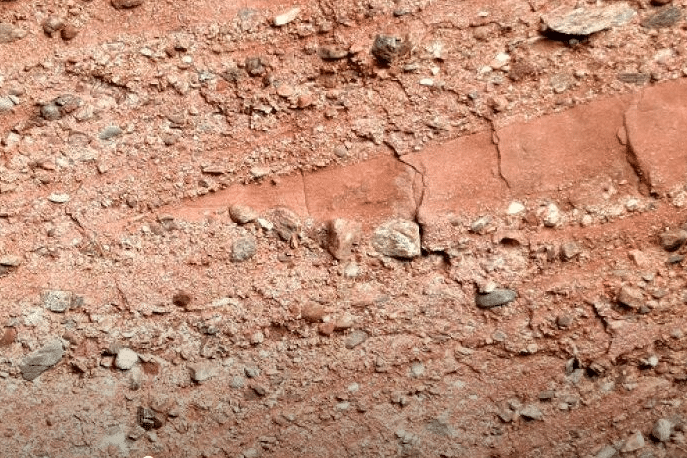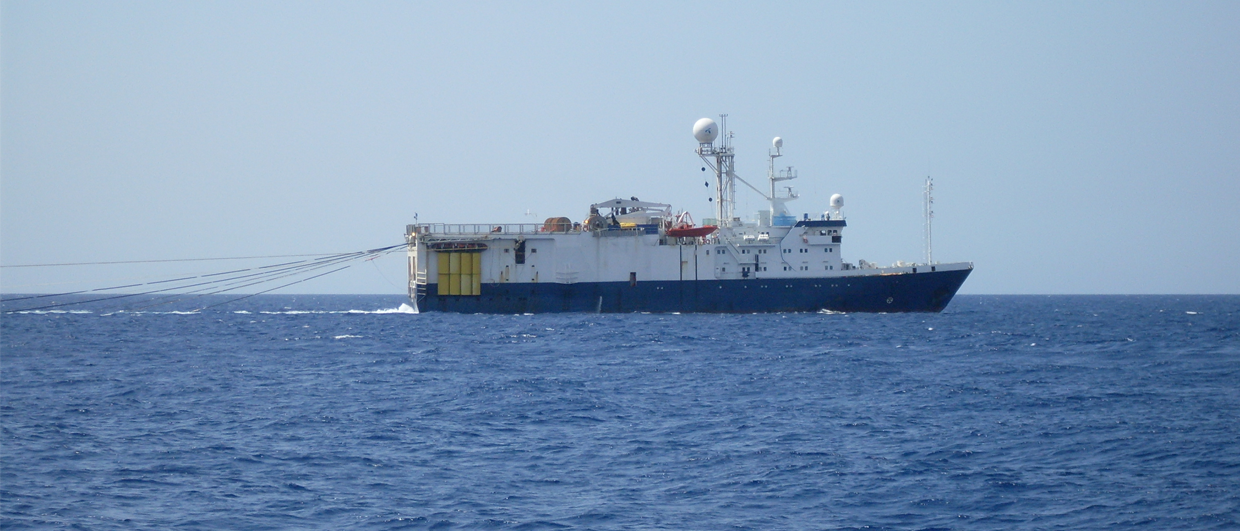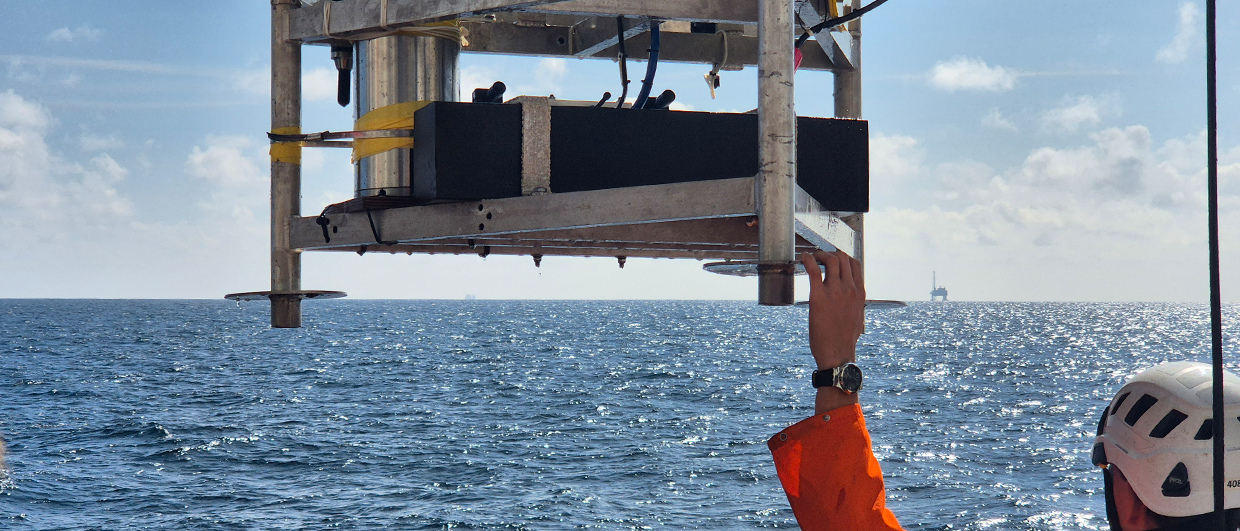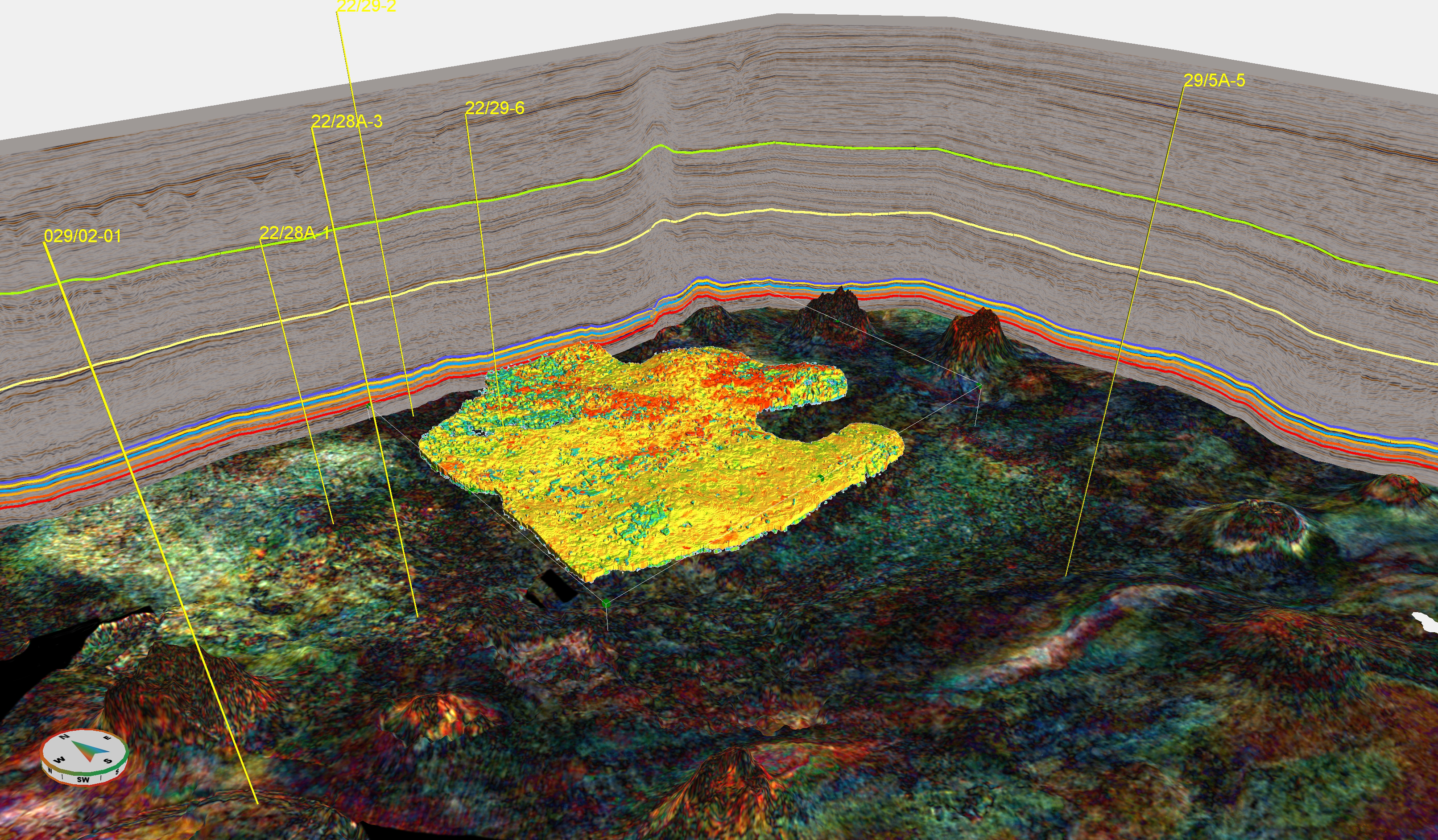Exploration well 16/1-31 S and A is a dual branch well targeting both the Jorvik and Tellus East prospects on the eastern side of the Edvard Grieg field in PL338 in the greater Utsira High area. Lundin Norway is the operator of PL338 with a 65% working interest. The partners are OMV with 20% and Wintershall with 15%.

The Jorvik prospect is targeting a conglomerate reservoir while Tellus East is a fractured basement prospect. Lundin drilled in 2013 another prospect called Jorvik (well 16/1-17) further south which contained mobile oil in tight conglomeratic sandstone reservoirs. The well was classified as dry. Tellus has also been drilled. The northernmost appraisal well 16/1-15 on Edvard Grieg drilled the Tellus segment. The reservoir here consists of a thin (2-3m thick) sandstone layer from the Lower Cretaceous Age on top of 40m thick porous, fractured bedrock. A 1600m long horizontal production well was drilled through the sandstones and in some places through the basement rocks. Production data show that there is communication between basement and sandstones and more oil than expected could be produced from the fractured basement (Read also “Nye reservoartyper på norsk sokkel” by Lundin).

Together the current Jorvik and Tellus East prospects are estimated to contain 23 MMboe gross unrisked prospective resources by Lundin.
The operations will take 84 days including two optional side-tracks (one on each well) and formation tests.
The Jorvik/Tellus East well is a part of Lundin’s plans for the Edvard Grieg area. Another exploration well is planned on the Troldhaugen/Flis prospect in 2020 and an infill well campaign of 3 wells with 16MMboe gross resources in 2020.

Edvard Grieg
The Edvard Grieg oil field was proven in 2007 with exploration well 16/1-8. Production commenced in 2015.
The Edvard Grieg reservoir consists of alluvial, eolian and shallow marine conglomerates and sandstones from the Triassic to Lower Cretaceous ages.
The field contains under-saturated oil without a gas cap. The field’s gross 2P reserves are estimated at 274 million of barrels of oil equivalents.





